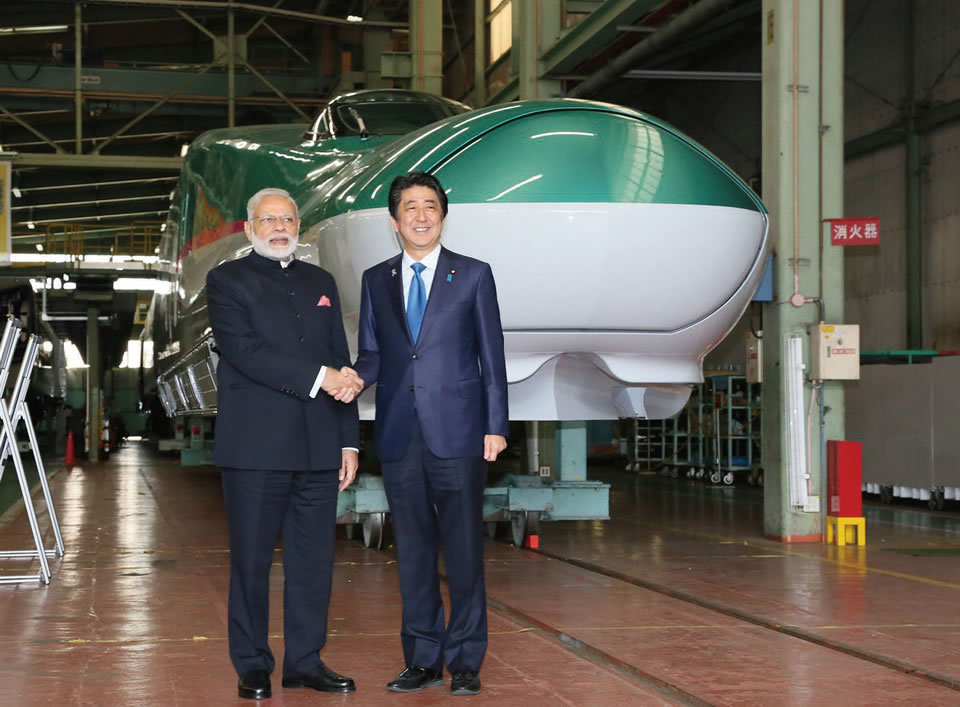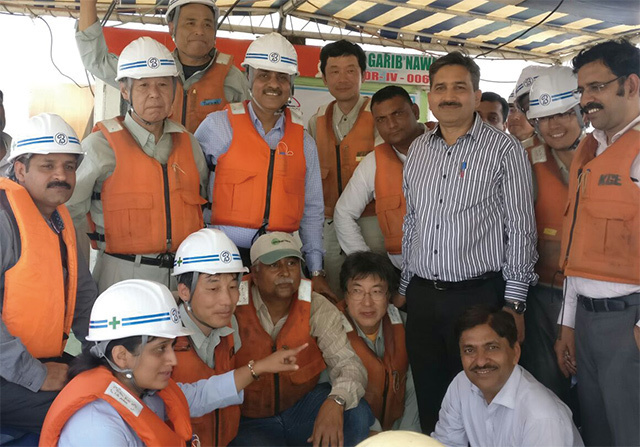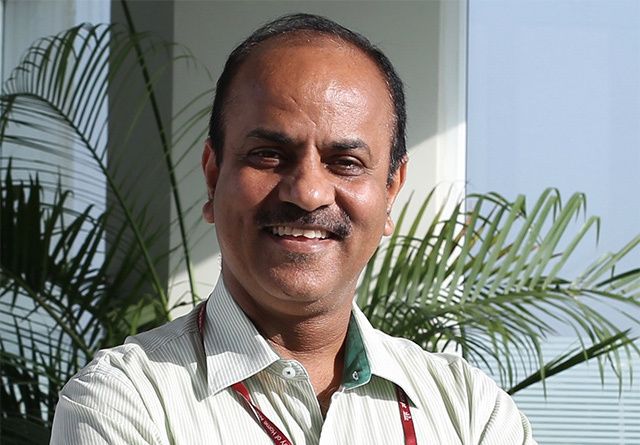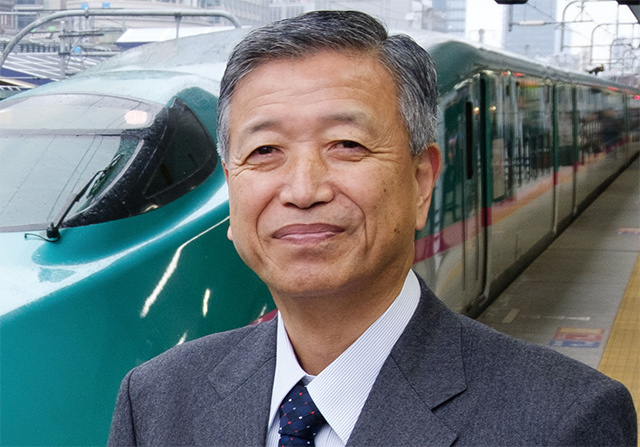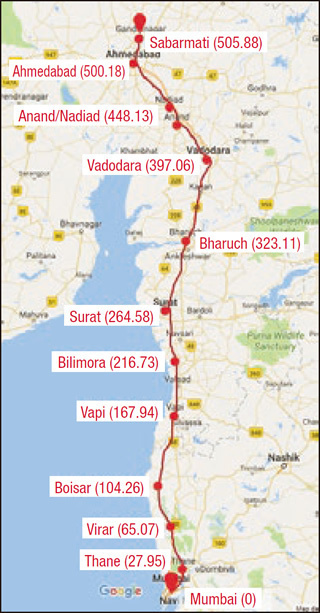A vast country in the throes of rapid economic growth, India’s GDP shot up by over 6% during 2017. This is in addition to a population increase of over 13% during the last 10 years. Unsurprisingly, India is facing unprecedented demographic challenges as a result of this success.
“India needs mobility. Our average rail speed does not meet the growing expectations of the public. Unless we build a system that allows much faster mobility for our people, we’ll struggle to move forward,” explains Achal Khare, managing director of National High Speed Rail Corporation Ltd. “So for me, I knew we needed a high-speed rail. The question was ‘which one?’”
After numerous in-depth feasibility studies, India’s Ministry of Railways settled on a close working relationship with Japan International Consultants for Transportation Co., Ltd. (JIC). “The Japanese system was chosen for many reasons,” explains Khare. “The Shinkansen (Japan's highspeed rail system) has maintained an unmatched safety record since its establishment in 1964, such as zero fatalities; it really has an edge over other high speed rail networks.”
“Currently, the roughly 500 km (310 mi) route from Mumbai to Ahmedabad can take over eight hours to complete. This will be reduced to just two hours,” says Khare. “This is a paradigm shift that allows us to enter into a new arena, but it also provides a huge economic boost. During the construction phase, 40,000 to 50,000 jobs will be created.”
Towards the Future, Faster:
Co-Creating a New High-Speed Rail in India
Khare and the joint Indo-Japanese team conduct a survey for construction of an undersea tunnel in Mumbai.
Achal Khare
Managing Director of National High Speed Rail Corporation Ltd. He has been working on India’s extensive rail network for over 34 years.
The majority of on-site consruction materials will be Indian-made, part of Prime Minister Narendra Modi’s “Make in India” initiative. “With this project, Japan has demonstrated that it is a strong partner of India,” said Prime Minister Modi shortly after the Ground Breaking Ceremony in September 2017. Prime Minister Abe said, “For all of India’s people, Japan’s government and private sector will work tirelessly toward achieving high-speed rail that runs throughout India.” He added, “A strong India benefits Japan, and a strong Japan benefits India.”
To ensure India can take greater initiative during future high-speed rail construction, India and Japan are working together very closely. Khare is enthusiastic about Japan’s efforts to speed up technology transfer. “We are moving forward very fast. I see a total commitment from all members of the Japanese team. They show a level of care and passion as if they were building this project in Japan,” says Khare.
These positive sentiments are echoed by Khare’s Japanese colleagues. “‘Working together’ is our keyword,” explains Toshiji Takatsu, executive vice president of JIC, which has been working with India on research operations and detailed design for India’s high-speed rail. “In 1853, India became the first country in Asia to have a railway. Presently it boasts an enormous network of over 60,000 km (37,282 mi) of tracks, so it is critical that we listen to each other’s opinions in order to work well as a team,” says Takatsu.
One issue the team faces is how to adapt Japan’s Shinkansen technology for the Indian market. Summers in India are extremely hot, requiring different standards for train cars and tracks. There will also need to be other careful modifications to make the trains suitable to run in India’s environment, like adding protection from dust and sand.
Challenges like these are discussed at the local project office, which has a combined Japanese and Indian staff of over 200. Parties are held every month to foster bonds between team members. Takatsu explains, “Indian and Japanese staff members alike are very proud to be a part of this project. The opening of the Shinkansen in 1964 greatly advanced Japan’s development as a nation, and we expect the same to happen in India.”
Khare agrees on the huge potential of the project and on the importance of cooperation. “India has many cities spread out over a wide area, and there is a pressing need to connect them for high-speed travel among them. But perhaps more importantly, this line will be an everlasting symbol of friendship between our two countries, and I expect to see many Japanese and Indian companies and organizations cooperate closely.”
India’s high-speed rail is scheduled to open in 2023. Japan and India both look forward to that day.


























